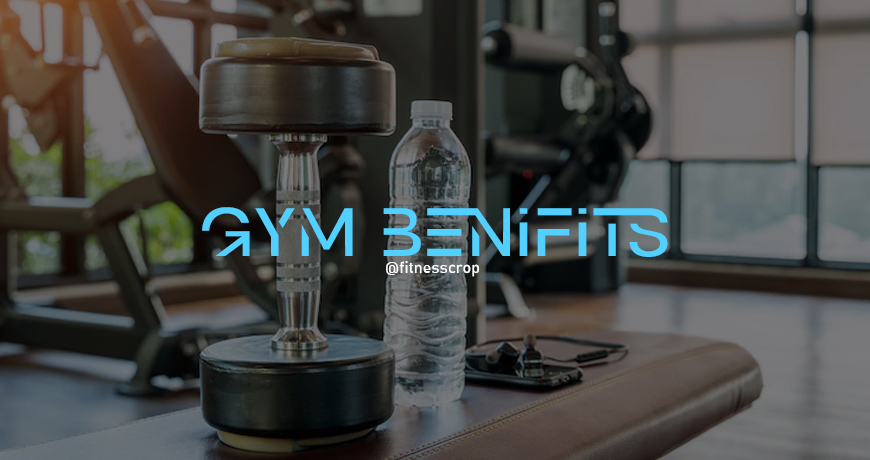An exercise gym is a facility that provides equipment and space for people to engage in physical fitness activities. This can include weight training machines, cardio equipment, free weights, and space for group fitness classes. Many gyms also offer personal training services, nutrition counseling, and other health and wellness programs. Some gyms also have amenities such as saunas, swimming pools, and locker rooms. Gyms can be independent businesses or part of a chain, and membership fees vary depending on the location and services offered.
Gym benefits
There are several benefits to using Gym for developing and comparing reinforcement learning algorithms:
Consistency: Gym provides a consistent interface for different environments, making it easy to compare different algorithms on the same set of tasks.
Ease of use: Gym is designed to be easy to use, with a simple API for interacting with environments. This makes it a great tool for researchers who are new to reinforcement learning.
Variety of environments: Gym offers a wide range of environments, including classic games, robotics simulations, and custom environments designed for research. This allows researchers to test their algorithms on a diverse set of tasks.
Open-source: Gym is open-source, which means that it is free to use, and the community can contribute to the toolkit.
Community: Gym has a large and active community of users and developers, which means that there is a wealth of resources and support available for users.
Integration: Gym can be easily integrated with other machine learning libraries such as Tensorflow, Pytorch, and more. This allows researchers to use their preferred libraries for training and implementing their algorithms.
Here are some steps to get started with using Gym for developing and comparing reinforcement learning algorithms:
Install Gym: You can install Gym using pip by running the command "pip install gym" in your command line.
Choose an environment: Gym provides a wide range of environments, so choose one that is appropriate for your task. You can find a list of available environments on the Gym website.
Create an instance of the environment: Once you have chosen an environment, you can create an instance of it by calling the gym.make() function and passing in the name of the environment you want to use.
Interact with the environment: You can interact with the environment by calling the step() and reset() methods on the environment instance. The step() method takes an action as an input, and returns the next state, reward, and whether the episode is done.
Train your agent: Once you have set up your environment, you can start training your agent by writing reinforcement learning algorithms using your desired libraries.
Monitor the performance: Use the gym's built-in monitoring functionalities such as rendering, recording and evaluating the agent's performance.
Experiment and Compare: Once you have trained your agent, you can experiment with different algorithms, hyperparameters, and environments to see which perform best.
Share your results: share your results with the community by submitting it to the leaderboard on the gym website and also on other platforms like GitHub or research papers.



0 Comments